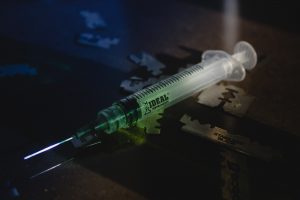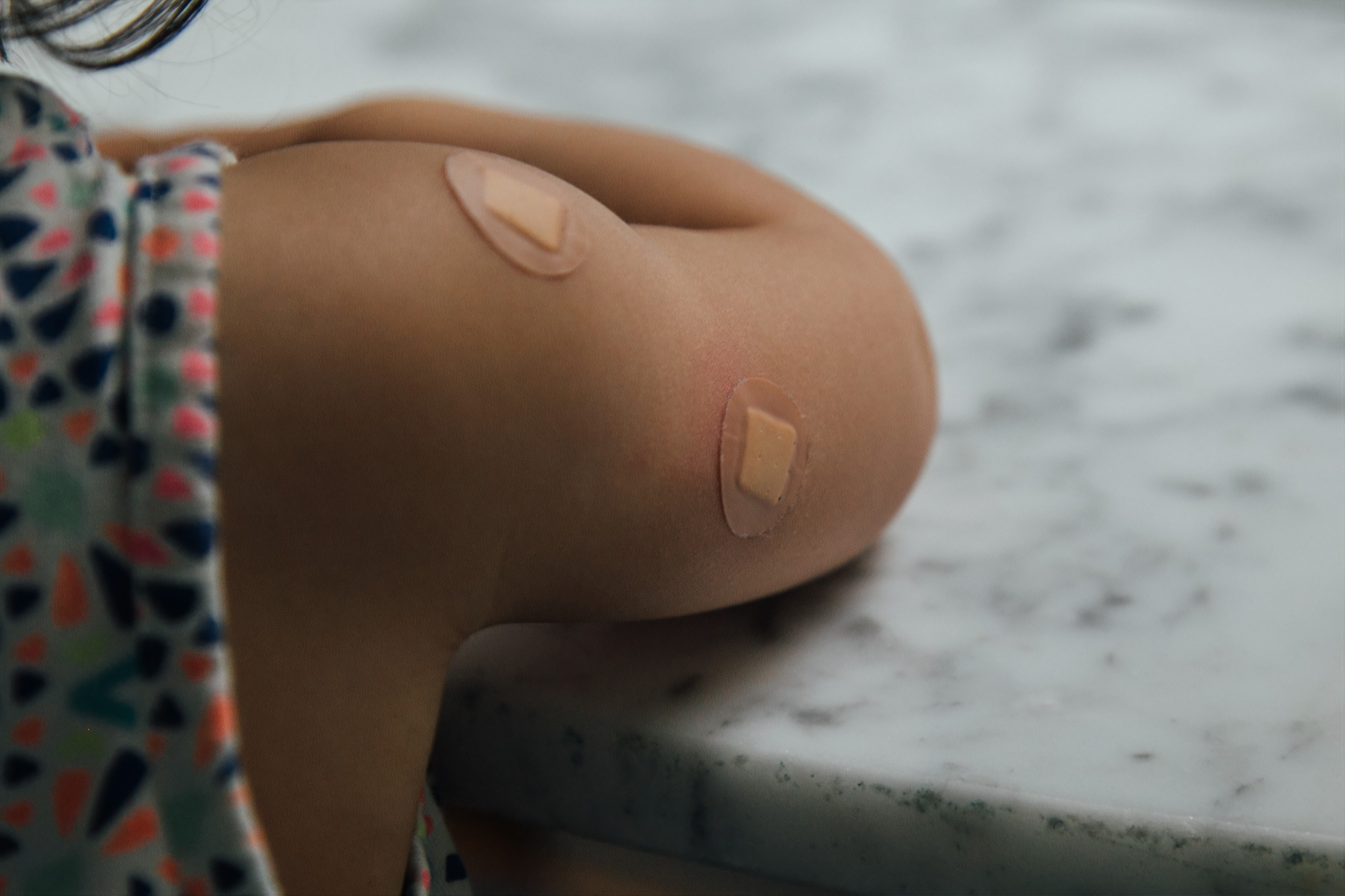A new NEJM study suggests supervised injection is a valid addiction treatment option.
Addiction experts believe safe injection sites offer a viable solution for reducing the nation’s opioid overdose deaths. In a new study, published in the New England Journal of Medicine, researchers observed more than 10,5000 injections at an unidentified site over the past five years and treated 33 overdoses cases. There were no fatal overdoses. This demonstrates “the potential for such places to curb deaths from the opioid epidemic,” according to the study’s authors.
Injection sites not only have naloxone ready to be administered, but they come equipped with trained staff, safe disposal of used needles, and addiction counseling referrals. At least twelve countries in Europe and Canada offer these services. U.S. cities including New York, Seattle, Boston, and Philadelphia have contemplated doing the same.
In 2018, however, without sufficient data available, Massachusetts’ Republican Governor Charlie Baker commented on a safe injection site bill backed by the Massachusetts Medical Society and the Massachusetts Hospital Association, saying, “As far as the data I’ve seen is concerned, it has not demonstrated any legitimate success in creating a pathway to treatment. The harm reduction argument I think is a much better one, but I’m kind of a hard sell on that one.”

His statement came after The Massachusetts Medical Society found supervised injection sites can reduce overdose fatalities and increase access to drug treatment, according to a report it published in 2017 based on research on two such sites in Canada and Australia. The report called for the creation of a pilot supervised injection facility program in Massachusetts, and the group said the state “should seek an exemption from federal drug laws for the pilot program and consider partnering with other states.”
Earlier this year, Ronda Goldfein, Safehouse Vice President and co-founder who is leading the nonprofit’s project in Philadelphia, announced the company would open the first site in the U.S. despite a two-year pushback from the Department of Justice and other parties who indicated it would be detrimental to residents in the surrounding area, using the “not in my backyard” argument. Safehouse said “the initiative is aimed at saving lives and providing a bridge to treatment amid a worsening opioid crisis.”
“Philadelphia, like the nation, is in an overdose crisis,” Goldfein stated. “This is a medical model.”
Bill McSwain, U.S. attorney for the eastern district of Pennsylvania, publicly criticized the move, saying he would appeal the court’s decision. McSwain said, “What Safehouse proposes is a radical experiment that would invite thousands of people onto its property for the purpose of injecting illegal drugs. Safehouse should act prudently and not rush to open while the appeal is pending. But if it does rush forward, my Office will evaluate all options available under the law.”
The unsanctioned site used for the NEJM study opened its doors in September 2014 and Alex Kral, a researcher with RTI International, and Peter Davidson, a medical sociologist at the University of Southern California, San Diego, conducted a review of the results. It is unclear whether this new data will convince naysayers of the benefits of such sites.
Sources:
Safe injection sites may curb opioid deaths, report suggests
Some Say Supervised Injection Sites Will Help Curb Opioid Crisis
Safehouse Injection Site to Open in Philadelphia with Court’s Blessing


Join the conversation!